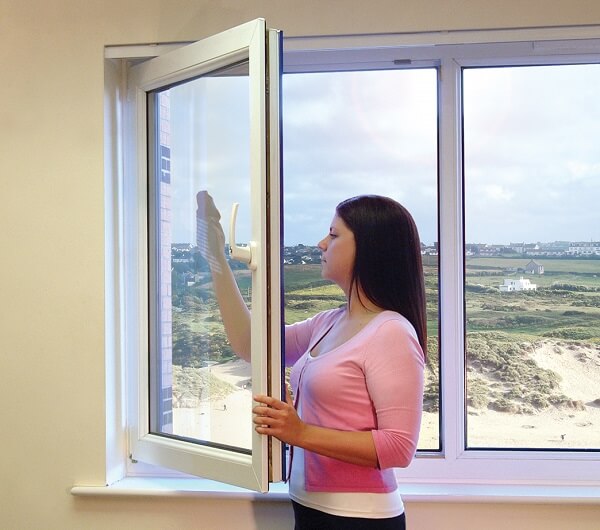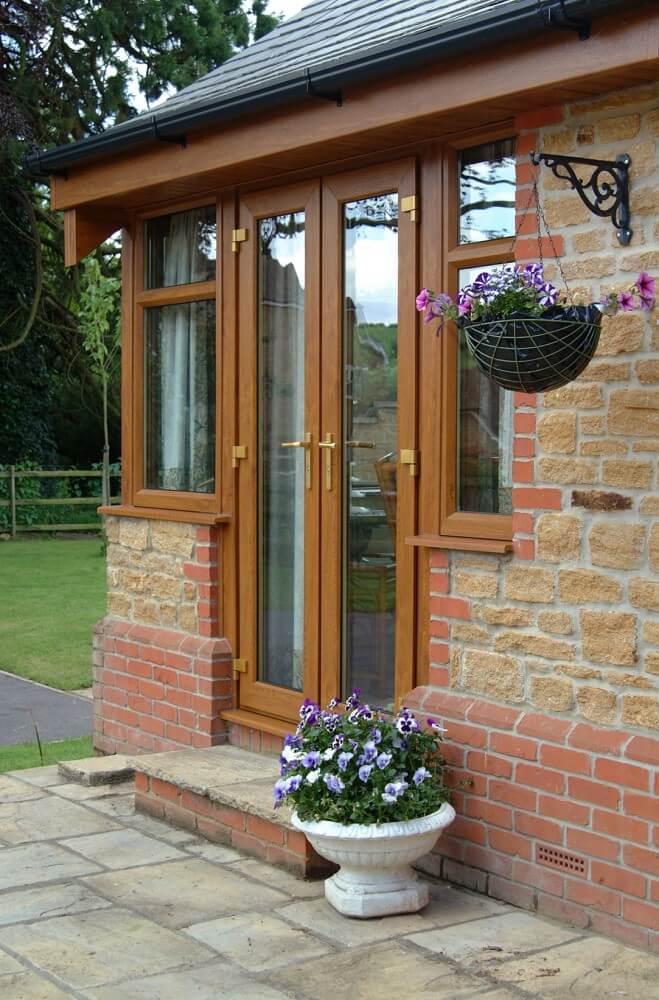Draught-proofing your home seems such an obvious way to keep warm that everyone does it, right? Sadly not. Because, although draught-proofing your home is an effective way to prevent heat loss and reduce energy bills – in turn cutting down your carbon dioxide (CO2) emissions – it is not always clear where draughts are coming from, or how they can be stopped.
If you find yourself turning up the heating to counteract draughts, you’re burning money. So, how do you prevent draughts in the home?
Naturally, doors and windows are the chief culprits, but they’re not the only sources of unwanted breeze.
Draughts find their way into your house through any holes or gaps with common culprits including floorboards, a letterbox, a chimney, or any ventilation or extractor fans.
Often, the source of a draught can be clearly seen by checking for cracks or looking for light, while listening for whistling noises or feeling for cold air with a damp finger helps to trace the less obvious draughts. Watching curtains twitching or the flickering flame of a candle will detect a mischievous breeze.
How do you stop draughts from coming around doors?
Often, trying to draught-proof old or damaged doors is almost impossible. If there are clear gaps around an external door, they may be blocked with draught-excluders or foam insulating strips around the edges. But if a door has been sticking, is badly adjusted, failing on its hinges, or features a single-glazed panel of glass, there is only one satisfactory solution: replace it with a new uPVC door or composite door. Our uPVC and composite front doors have excellent energy efficiency with ultra-low U-values and thermal performance.
Of course, keeping doors closed is crucial – even from one room to another.
How do you stop a draught coming through the window?
Windows are often easier than doors to seal against draughts on a DIY basis because they don’t need to be opened as frequently. So adding self-adhesive insulation strips around the edges of opening windows, or brush strips on sliding sash windows, is a cheap way of draught proofing.
If the glass is cracked, or the frames are rotten or broken, filling holes with silicone sealant or expanding foam is a temporary solution, although you will soon need to replace them with energy-efficient modern windows. Our double glazing and triple glazing features A-rated low-e glass, argon-filled cavities and multi-chambered reinforced uPVC frames to help keep the warm air in and the draughts out… and your central heating thermostat turned down.
How do you stop draughts that don’t come through windows or doors?
In an older buildings, draughts will almost always be present – through open fireplaces, creeping under skirting boards, squeezing through holes for electrical sockets or keyholes, escaping from the loft hatch, and sneaking in with pipework.
Although fillers, sealants, insulation and draught excluders may reduce the cold, there is still no substitute for high-quality energy-efficient doors and windows. When Turkington windows and doors are fitted by our expert installers, draughts can be eliminated for good.











